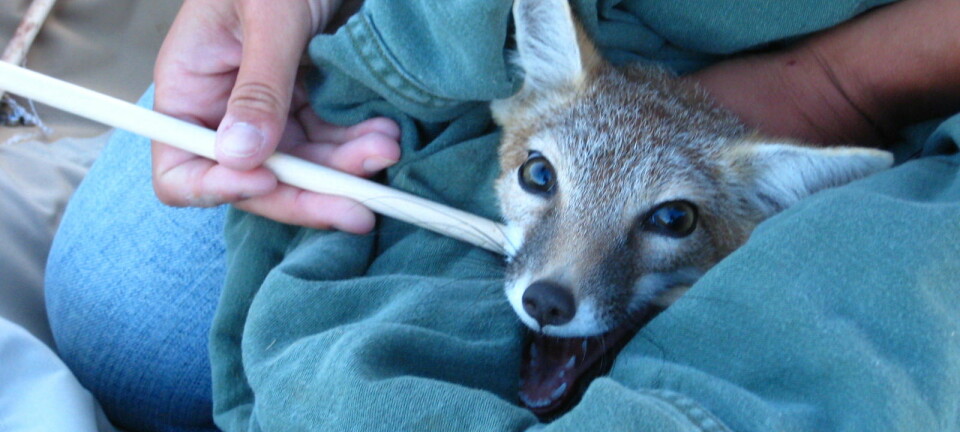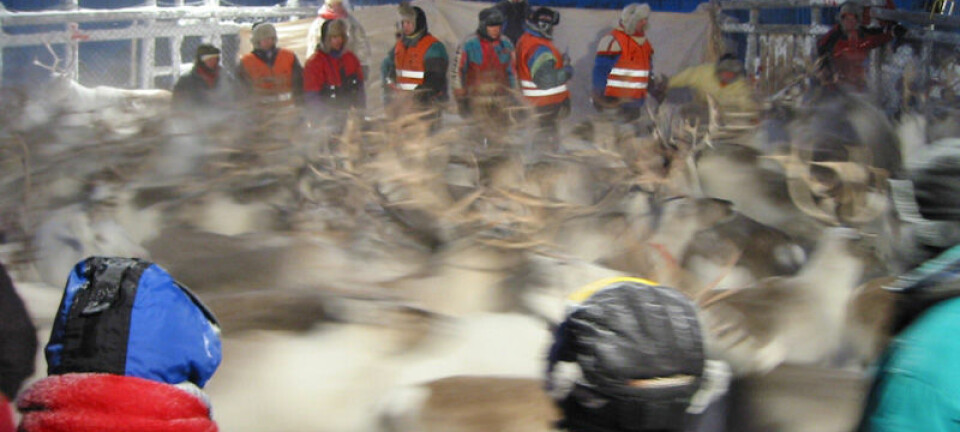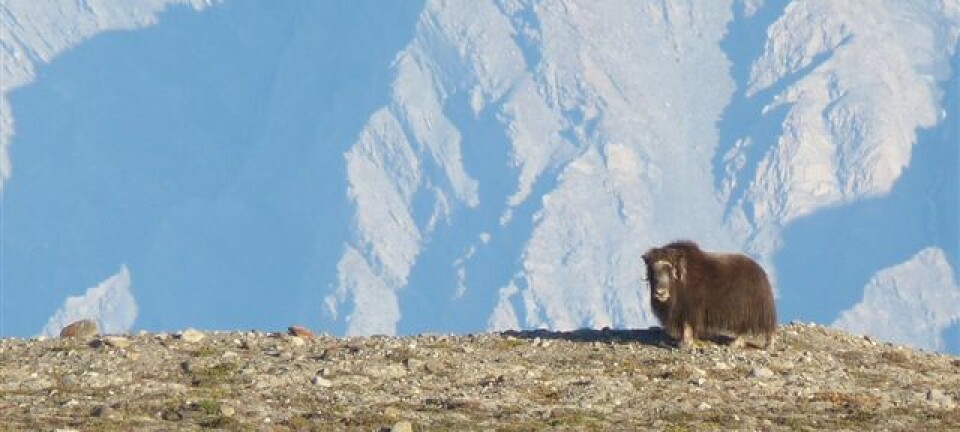
Can wild animals become overweight?
Under our care dogs and horses can get fat just like human beings. But can animals in nature get too fat?
Denne artikkelen er over ti år gammel og kan inneholde utdatert informasjon.
When we humans get easy access to butter and donuts many of us end up with double chins and spare tyres faster than you can say “candy”. “But what about wild animals” asks one of our readers?
What are the chances, for instance, of seeing a corpulent moose trotting out of the forest? Or a ferret with a beer gut??
Not particularly great, if we can trust Petter Bøckman, a zoologist at the Museum of Natural History in Oslo.
Nearly impossible
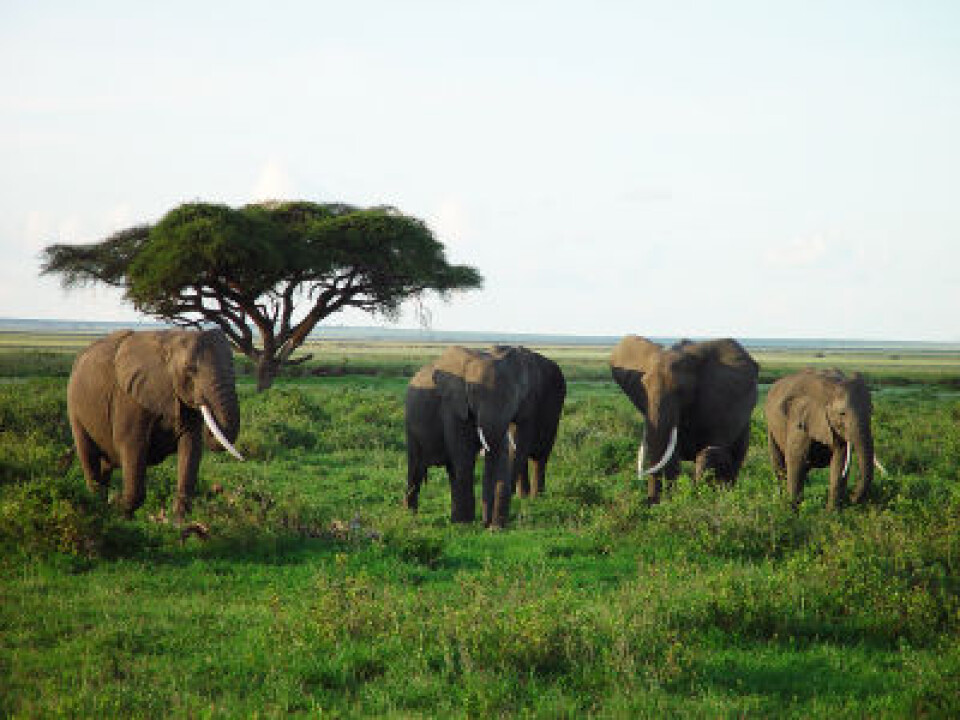
“It’s almost impossible for wild animals to get too fat,” says Bøckman.
“If you are carrying lots of dead weight around you are going to have difficulties moving. You’ll get less food and become trim again. Just consider a fat cheetah. It wouldn’t be able to outrun a gazelle."
It’s easy enough to understand that predators have to stay fit to get their claws into prey. But what about large herbivores without many dangerous enemies? Elephants in an a vast sea of grass, for instance. Can’t they get fat?
Non-nutritious food
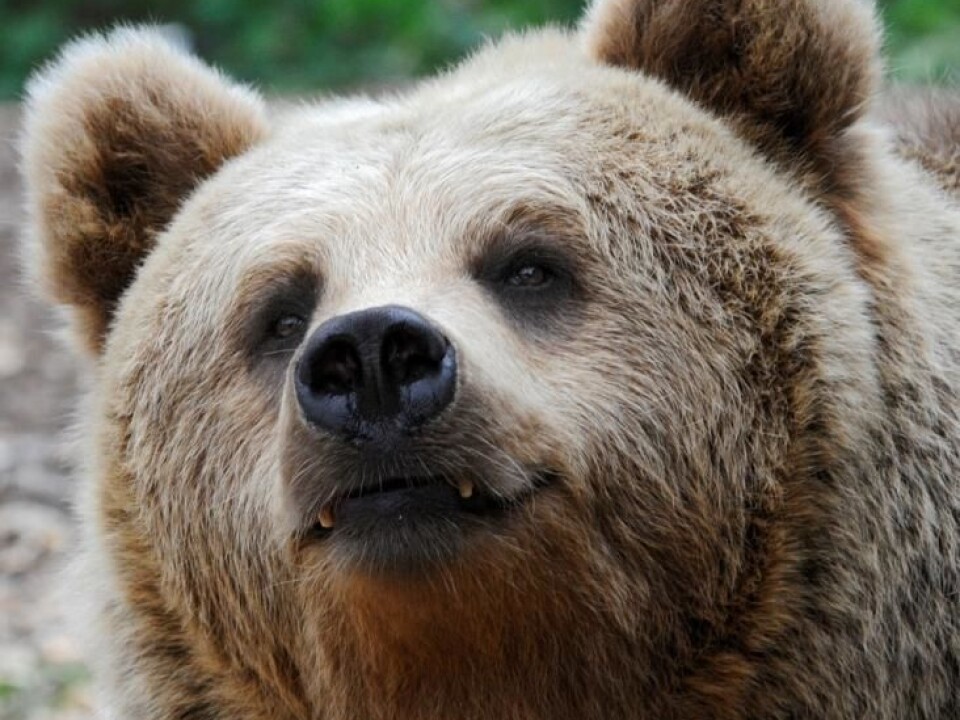
“Elephants live on a bare minimum. They are really slim! They have big stomachs because they eat loads of food that is almost indigestible,” says Bøckman.
This is a challenge for all animals that live on food that is plentiful, like grass or leaves. Such fare lacks nutrition. You have to stuff yourself with huge amounts to get sufficient energy.
“It’s a little like eating a packet of instant soup mixed into a whole bathtub of water. It takes a long time to get enough of it and the animal also expends lots of energy moving around to consume it. This means that the energy budget just barely stays out of the red. This is why in cold periods we find dead roe deer with their stomachs full of food,” explains Bøckman.
Some do get stout
According to the zoologist, the only opportunities animals have to get fat are when they happen upon large amounts of nutritious food. This can almost only happen with rodents like mice and rats.
In addition any mountain of food can only be available in an unexpected circumstance, for a short while. Otherwise a whole bunch of different animals would be there competing for the food. Even in such situations you rarely see obese little animals.
“Because what do rodents, who usually live on the verge of starvation, do when they suddenly get a big surplus? They start to produce offspring straight away! Such small animals need only a month to get a whole new generation up and running. So fairly soon you get a large number of trim mice instead of a handful of fatties,” says Bøckman.
But wait a second! It can’t be impossible to grow podgy in nature. Penguins are said to be so full of fat that they can be used to fuel a fire. And aren’t harbour seals just big blubbery sausages of the sea?
Relative fat concept
“Some animals are fat by human standards,” says Bøckman.
"Seals, whales and sea elephants have thick layers of fat. But these are species that live in frigid temperatures and frigid waters. If they slim down they will freeze to death. So could you call them overweight?" asks Bøckman
Other animals also gain weight when there is a surplus of food around.
Bears eat like crazy in the summer and are fairly chubby in the autumn. But then comes the hard times. The surplus fat is burned surviving the winter.
"That’s how it should work with us humans too," says Bøckman.
Our brother the bear
In Norwegian nature, bears are the animals closest to us, according to the zoologist. A bear has to eat readily digestible food like we do. When it comes across lots of food it stores the surplus as fat.
“We humans are actually a tropical animal species adapted to an environment with little food. We are programmed to put on weight so that we can make it through famine. But for most of us now there is no famine,” says Bøckman.
So we stay fat, with all the health problems that entails. Bears, however, avert metabolic syndromes and cardiovascular diseases.
“Bears are just fat for a few months. If I had been obese as a 20-year-old, then skinny as can be after a famine when I was 21, and then a bit fat again when I was 23 I would just be a little chubby on the average,” says Bøckman.
Our problems are also linked to our longevity.
Evolution against overweight
If we had lived out in nature like other mammals we would reach an age of 25 to 30. Studies of Cro-Magnon humans and Neanderthals show that few passed the age of 35.
"In those two or three decades you hardly have time to develop cardiovascular disorders. But the human environment has changed so much that the body’s storage functions are causing us problems. But time will cause adjustments,” says Bøckman.
“Human evolution has never run so rapidly as now. Those who can handle access to a lot of food better and stay healthy and fit have more surviving children. So, future generations should be better adapted to the situation.”
We can already observe this phenomenon in animal species that live on unhealthy food from human garbage tips. Many of them suffer from metabolic disorders. But others tackle the diet better and these are the ones who have the most offspring. That’s how species adapt as time passes.
“In 50 generations obesity will be rare among humans too,” says the researcher.
“But that is if our present diet continues for the next 1,250 years. That’s probably not very likely.”
-----------------------------------
Read this article in Norwegian at forskning.no
Translated by: Glenn Ostling







